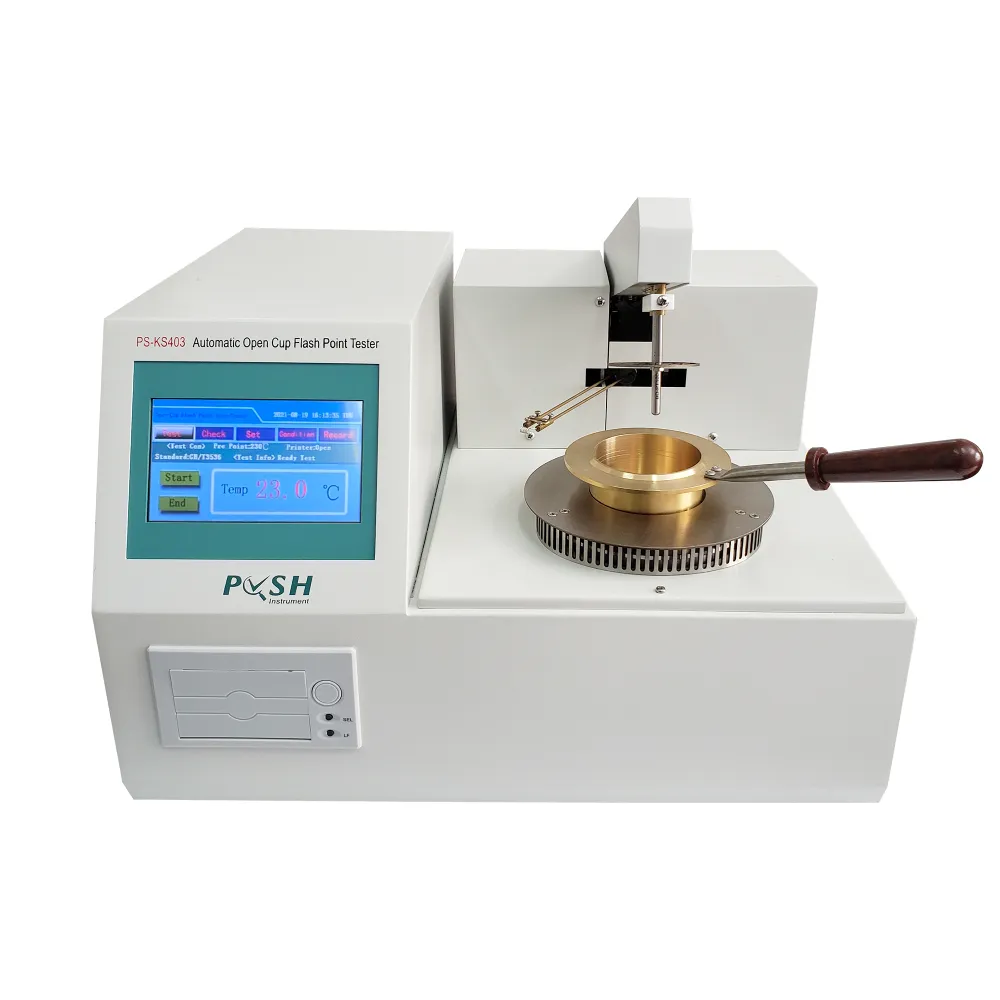 English
English



-
 Afrikaans
Afrikaans -
 Albanian
Albanian -
 Amharic
Amharic -
 Arabic
Arabic -
 Armenian
Armenian -
 Azerbaijani
Azerbaijani -
 Basque
Basque -
 Belarusian
Belarusian -
 Bengali
Bengali -
 Bosnian
Bosnian -
 Bulgarian
Bulgarian -
 Catalan
Catalan -
 Cebuano
Cebuano -
 China
China -
 China (Taiwan)
China (Taiwan) -
 Corsican
Corsican -
 Croatian
Croatian -
 Czech
Czech -
 Danish
Danish -
 Dutch
Dutch -
 English
English -
 Esperanto
Esperanto -
 Estonian
Estonian -
 Finnish
Finnish -
 French
French -
 Frisian
Frisian -
 Galician
Galician -
 Georgian
Georgian -
 German
German -
 Greek
Greek -
 Gujarati
Gujarati -
 Haitian Creole
Haitian Creole -
 hausa
hausa -
 hawaiian
hawaiian -
 Hebrew
Hebrew -
 Hindi
Hindi -
 Miao
Miao -
 Hungarian
Hungarian -
 Icelandic
Icelandic -
 igbo
igbo -
 Indonesian
Indonesian -
 irish
irish -
 Italian
Italian -
 Japanese
Japanese -
 Javanese
Javanese -
 Kannada
Kannada -
 kazakh
kazakh -
 Khmer
Khmer -
 Rwandese
Rwandese -
 Korean
Korean -
 Kurdish
Kurdish -
 Kyrgyz
Kyrgyz -
 Lao
Lao -
 Latin
Latin -
 Latvian
Latvian -
 Lithuanian
Lithuanian -
 Luxembourgish
Luxembourgish -
 Macedonian
Macedonian -
 Malgashi
Malgashi -
 Malay
Malay -
 Malayalam
Malayalam -
 Maltese
Maltese -
 Maori
Maori -
 Marathi
Marathi -
 Mongolian
Mongolian -
 Myanmar
Myanmar -
 Nepali
Nepali -
 Norwegian
Norwegian -
 Norwegian
Norwegian -
 Occitan
Occitan -
 Pashto
Pashto -
 Persian
Persian -
 Polish
Polish -
 Portuguese
Portuguese -
 Punjabi
Punjabi -
 Romanian
Romanian -
 Russian
Russian -
 Samoan
Samoan -
 Scottish Gaelic
Scottish Gaelic -
 Serbian
Serbian -
 Sesotho
Sesotho -
 Shona
Shona -
 Sindhi
Sindhi -
 Sinhala
Sinhala -
 Slovak
Slovak -
 Slovenian
Slovenian -
 Somali
Somali -
 Spanish
Spanish -
 Sundanese
Sundanese -
 Swahili
Swahili -
 Swedish
Swedish -
 Tagalog
Tagalog -
 Tajik
Tajik -
 Tamil
Tamil -
 Tatar
Tatar -
 Telugu
Telugu -
 Thai
Thai -
 Turkish
Turkish -
 Turkmen
Turkmen -
 Ukrainian
Ukrainian -
 Urdu
Urdu -
 Uighur
Uighur -
 Uzbek
Uzbek -
 Vietnamese
Vietnamese -
 Welsh
Welsh -
 Bantu
Bantu -
 Yiddish
Yiddish -
 Yoruba
Yoruba -
 Zulu
Zulu
dielectric loss factor
Understanding Dielectric Loss Factor Importance and Applications
The dielectric loss factor, often denoted by the symbol \( \tan \delta \) or simply loss factor, is a crucial parameter in the study of materials used in electrical and electronic applications. It quantifies the energy dissipation in dielectric materials when subjected to an alternating electric field. This loss is primarily due to two mechanisms polarization and conduction. The dielectric loss factor is particularly significant when evaluating materials for capacitors, insulators, and other components in high-frequency electronics.
When an alternating electric field is applied to a dielectric material, the dipoles within the material attempt to align themselves with the electric field. However, due to the inertia of these dipoles and the presence of defects in the material, some energy is lost as the dipoles cannot completely follow the changing field, leading to dielectric losses. These losses manifest as heat, which can have implications for the efficiency and thermal management of electronic devices.
One of the key interpretations of the dielectric loss factor is its relationship with the permittivity of a material, which is a measure of how easily a dielectric can be polarized by an electric field. The dielectric loss factor is given by the ratio of the imaginary part of the complex permittivity to the real part. Specifically, it can be expressed as
\[ \tan \delta = \frac{\epsilon''}{\epsilon'} \]
dielectric loss factor

Where \( \epsilon' \) is the real part (representing stored energy) and \( \epsilon'' \) is the imaginary part (representing dissipated energy). A higher dielectric loss factor indicates that a material has higher energy loss per cycle of the applied electric field, which can be detrimental in many applications, especially in RF (radio frequency) and microwave devices.
In practice, the dielectric loss factor can influence the choice of materials in various applications. For example, in capacitors, materials with lower dielectric loss are preferred to enhance energy efficiency and minimize heat generation. Conversely, in applications where heating is beneficial, such as in microwave ovens, materials with higher loss factors are utilized for effective energy conversion.
Moreover, the dielectric loss factor is temperature and frequency-dependent, making it essential to characterize materials not just at a single frequency but across a spectrum of frequencies and temperatures to understand their performance comprehensively. This is particularly vital in the design of materials for high-frequency applications where even small variations in losses can lead to significant performance impacts.
In conclusion, the dielectric loss factor is an essential property of dielectric materials, influencing their performance in a wide array of electrical applications. A thorough understanding of this property enables engineers and material scientists to select and develop materials that meet the specific demands of modern technology, ensuring enhanced efficiency and reliability in electronic devices. As technology advances, continued research into materials with optimal dielectric properties will be crucial in supporting innovations in electronics, telecommunications, and energy systems.
-
Testing Equipment Industry Sees Major Advancements in 2025: Smart & Precision Technologies Lead the WayNewsJun.06,2025
-
Applications of Direct Current Generators in Renewable Energy SystemsNewsJun.05,2025
-
Hipot Tester Calibration and Accuracy GuidelinesNewsJun.05,2025
-
Digital Circuit Breaker Analyzer Features and BenefitsNewsJun.05,2025
-
Benefits of Real-Time Power Quality Monitoring Devices for Industrial EfficiencyNewsJun.05,2025
-
Earth Fault Loop Testing in High-Rise Building Electrical SystemsNewsJun.05,2025



